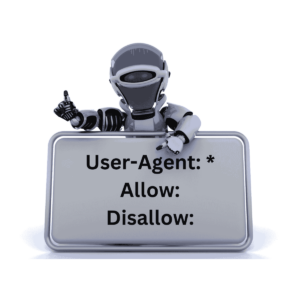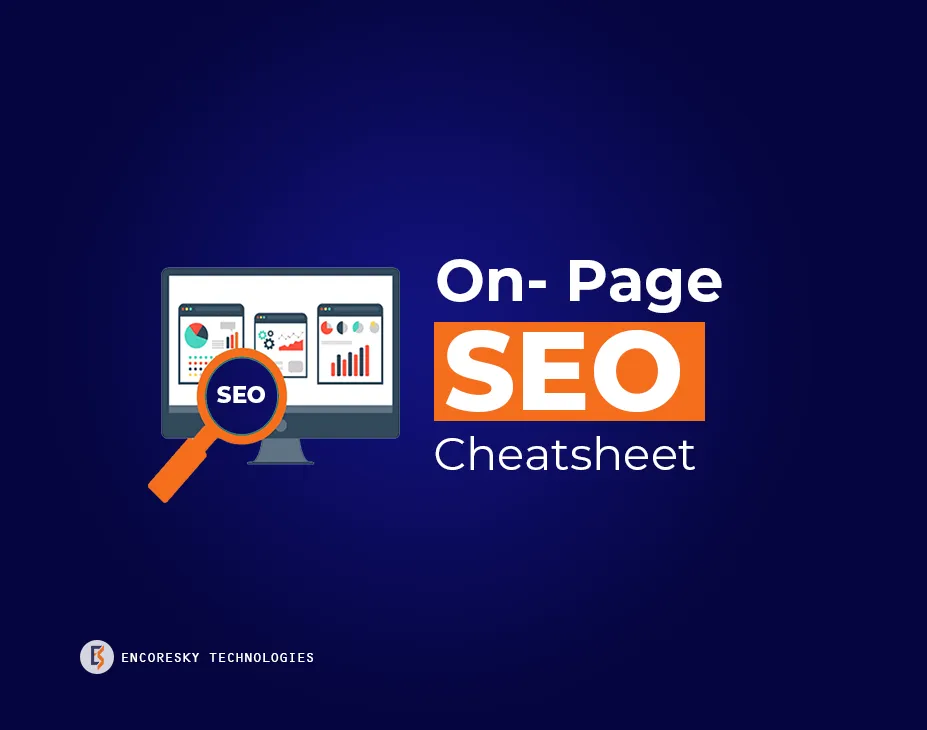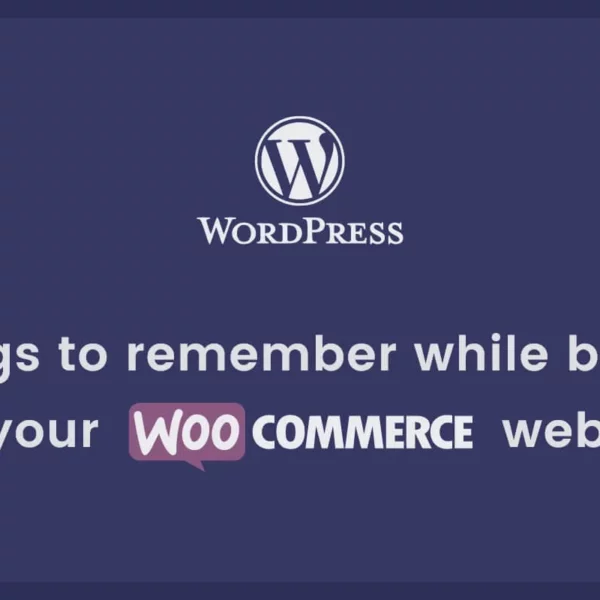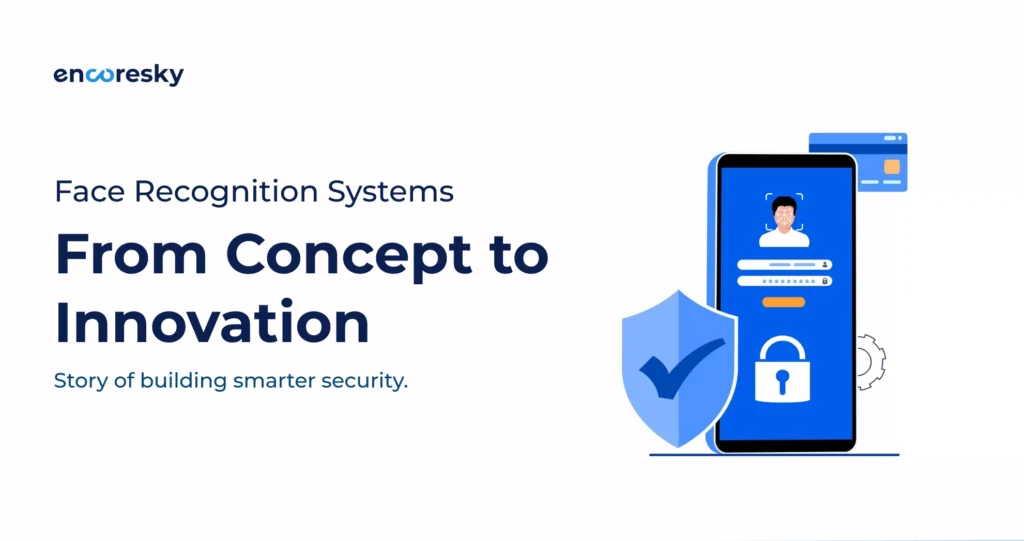On-Page SEO is the fastest way to rank web pages in the search engine result. Most of the time people don’t emphasize the SEO part of the website as they do it with design. On-page SEO factors do not only help Google show the website on the Search Engine Result Page, but also provide a great User Experience.
If a website has great UI & functionalities, but has low traffic then how can the website get the conversion (Sale/Goal). On-page SEO can be very helpful for those who want instant results and do not have time to do Off-page SEO which is a continuous and time taking process.
On-Page SEO methods can be controlled by the user (website’s owner). It can index web pages with their respective targeted keywords and phrases. It does not depend on other websites’ references like the backlinks in Off-Page SEO.
“57% of marketing executives say on-page content development was the most effective SEO tactic.“
In this blog, I will cover all the crucial factors of On-Page SEO. Once we have worked on these factors, then the website will definitely come in the top results of the Search engine.
Before starting to implement On-Page SEO, please do a brief analysis of the target website on the following basis:
- Objective/ Goal of the website.
- Services/ products of the website.
- The geographical area of the targeted visitors.
Now note down 4-6 keywords for the respective page. As we know the meta keyword tag is no more used in On-Page SEO. So these keywords will be targeting in all the ranking factors of On-Page SEO.
Apart from it, we will learn about some important techniques which are vital and required for SEO.
- On-Page techniques work faster than Off-Page.
- Analyze the objective, services, products of the website.
- Prepare the 4-6 keywords for respective pages.
On-Page SEO Factors –
LOAD TIME
A web page seems slow due to unnecessary requests on the server, large images, loading all resources files on all pages, and many more factors. To speed up your website, load time should minimum as possible.
Google PageSpeed Insights and GTmatrix are online tools to analyze the website performance and get recommendations for performance improvements like reducing the number of requests, optimizing the images, minified styles, and JavaScript files, etc. Once the website loaded speedily it retains the visitors and makes their engagement.
Cheat Sheet
- Choose a good hosting provider
- Audit the web site’s performance by Google PageSpeed Insights & GTmetrix
- Follow the Audit’s recommendations.
RESPONSIVE UI
As per Google analytics statistics, people engage more on mobile so responsive UI is the most required ingredient of any web development recipe. If a website has no responsive design, then it may lose half of the target visitors. Web pages should be responsive to all the devices. So more visitors can reach the website. Please use the Bootstrap or media queries in styling so the web page becomes responsive with respective devices.
Cheat Sheet
- Use media queries in styles.
- Use CSS Framework like Bootstrap.
ROBOTS.txt
Robots.txt is a text file that is firstly sought by the search engine crawler. This file is located in the root directory of the website. Robots.txt file is not for visitors to the website, but it plays a vital role in the search engine crawler. It defines the indexing scope of the website so the crawler knows its indexing scope. It defines which pages are allowed for indexing with respective user types. The website’s admin section and other coding pages do not need to be indexed in search engines. So make them secure and inaccessible for search engine crawlers by using the robots.txt file. Please see below an example of the robots.txt

User-Agent: *
Allow: /wp-content/uploads/
Disallow: /wp-content/plugins/
Disallow: /wp-admin/In this example, a WordPress website’s robots.txt is defined. Here search engine crawler allows indexing all the URLs of /wp-content/uploads/ for all the user agents. It is disallowed to search engine crawler to do not index any URL of /wp-content/plugins/ and /wp-admin/ for all user agent.
SITEMAP.xml
Each web page is located in some hierarchy and order. It should be easy to index for a search crawler. Sometimes the search crawlers miss the web pages due to the complex hierarchy of the website. To overcome such a problem, sitemap.xml facilitated search crawlers with the proper hierarchy of the pages. The Sitemap.xml file locates in the root directory of the website. The search engine finds a sitemap URL like yourdomain.com/sitemap.xml.
To generate sitemap.xml many online tools available. I have generated it by https://www.xml-sitemaps.com once it generated the file please put it in the root directory of the project. Now login into the Google search console and add this sitemap.xml URL. It will instantly index all the sitemap URLs.
Cheat Sheet
- Sitemap.xml should place in the root directory
- Use an online tool to generate sitemap.xml
- Submit sitemap.xml on Google search console.
URL STRUCTURE
Messy URLs are not SEO-friendly. If the website uses a URL like “domain.com/top_category.php?id=3” then it will messy for search engines and avoid search engine results.
URL structure should be clean like “domain.com/web-services”. Starting off the post as I requested to make a list of 4-6 target keywords, now it’s time to target in the URL and use the hyphen “-” for a long-tail keyword.
If you have any section or sub-directory which needs to display on the URL then targeted keywords should be the name of the sub-directory. For example, if an eCommerce website sells printer models of canon printers then URL should be like “domain.com/canon/ink-jet/mg2570s”. If this web page displays the printer’s image, then the file name should be like “canon-ink-jet-mg2570s.jpg”
Cheat Sheet
- URL should be clean like domain.com/brand/model
- Target keywords in URL like domain.com/top-seo-tips
- Target keywords for the directory name and image file name.
- Use hyphen – instead of underscore
PAGE TITLE
The page title of a web page is one of the most crucial on-page SEO factors. Every page of a website should have a unique title that includes the keyword related to the content of the page. Your title labels are something that web crawlers check through on your website to decide the plan of your page versus search questions.
Make your titles exceptional and eye-catching. It ought to likewise be expressive and compact of around 60 characters, though Google has not given any guideline for the count of the title we should keep it simple and user-friendly. Your title ought to embody what your page is about.
Utilize the “H1” tag for your title. This basic piece of HTML code is regularly neglected yet ought to be used to motion toward web indexes, and your clients, what the substance on the page is about.
META DESCRIPTIONS
Numerous people overlook to comprise meta depictions for his or her pages. Meta depictions are another significant on-page SEO factor. These meta labels give a concise synopsis of what that specific page is about. They’re frequently shown on SERPs under a page’s title. They demonstrate to guests what they can anticipate from that specific page.
Meta description helps in CTR (Click-through-rate) as it suggests to the user what a webpage is about. Google has not given any guidelines for the length of meta description, but we should try to keep it within 150-160 characters and if our meta description has a good length, your keyword should be within those 150-160 characters.
At last, they can increase:
- Your CTR (Click Through Rate).
- The impression of the nature of the outcome both from bugs and guests
- View of what that page offers
INTERNAL LINKS
Internal link connections are joins in your substance that is associated with different pages or articles inside your site.
Utilizing internal links resembles making a path for clients to investigate your page, as a result making higher traffic on your site. One of the greatest and frequently ignored on-page SEO factors is the significance of internal links. There are various strategies that you can use to improve your internal link structure.
The primary being; content connections and lasting route joins. While including inner connections on your page, make sure that you utilize understood, important, and illustrative grapple messages. This will enable the peruser to get away from what that connection is about and how it identifies with your page.
EXTERNAL LINKS
In contrast to the internal links, external links take guests to an alternate space. Presently, you may be asking for what reason you’d need to do this, however it ends up being significant for SEO.
External links tell web crawlers that your page is a center for good quality, accommodating data. The entirety of this goes far in expanding your page’s position. It additionally assists crawlers with the advancing comprehend your content.
On the off chance that you work on connecting to sites that are identified with your point that have high domain authority (DA), you increase the validity of your page, which is significant for SEO.
Alt TEXT
The image alt text is a significant On-page SEO factor that website owners leave unattended. The alt text is normally a depiction of a picture added to a site. This comes helpful for internet browsers when the picture neglects to stack on a page.
Cheat Sheet
- Use at least one keyword in the ALT text, which you want to rank
- Try to use Alt Text in every image.
- Have a decent ALT Tag,
- Big NO to keyword stuffing.
- Name the image with Keyword
IMAGE OPTIMIZATION
Utilizing pictures inside your content is an incredible method to make your site all the more outwardly engaging and separate exhausting pieces of text. You can utilize these photos to help improve your site SEO. Pictures are one of the most integral assets in Digital Marketing and correspondence as it’s expended in a hurry, not at all like different assets, for example, video or
Moreover, there is a high possibility that you can collect more natural traffic through Google Image Search.
Cheat Sheet
- Include Alt text & description for your image for better SEO
- Recommended Image Size – 1024*580
- Several Image & Image Size effect the Loading speed of
- Tools for Image Optimization – TinyPNG or ImageOptim
CONTENT
Content is as yet the main factor, as you may have run over the SEO phase – Content is the King. SEO Industry is unpredictable to such an extent that things change after some time. You may have run over situations wherein your excellent content neglects to make it to the first page of the Google Search list.
The significant purpose behind this is the content has been composed absent a lot of crowd research.
What you as an SEO must do is distinguish the most looked through inquiries of the objectives and attempt to offer them the responses through your content.
Cheat Sheet
- Figure out the competitor keyword from the content & copy it on your
- A big no to duplicating the content.
- Google’s pursuit calculation depends on catchphrases.
Verdict
Search Engine optimization can demonstrate amazingly perplexing, yet realizing the rudiments will give you a running beginning.
On-page SEO includes more work than simply streamlining your title tag and meta portrayal. You have to ensure your content coordinates the hunting purpose of your objective keywords and continually screens your page speed and UX signs to enable your pages to rank higher in SERPs.
These 11 procedures are only a portion of the manners in which you can improve your on-page SEO.
They will assist with showing signs of improvement, they will help with getting your entire website crawled through web searcher, they will help increment the estimation of internal pages and they will assemble the pertinence of interior pages to explicit keywords.
At that point make sense of how to improve your site for transformations so you don’t miss out on such great traffic.
Do you have any most loved on-page SEO procedures I may have missed here? Tell me in the comment box.









